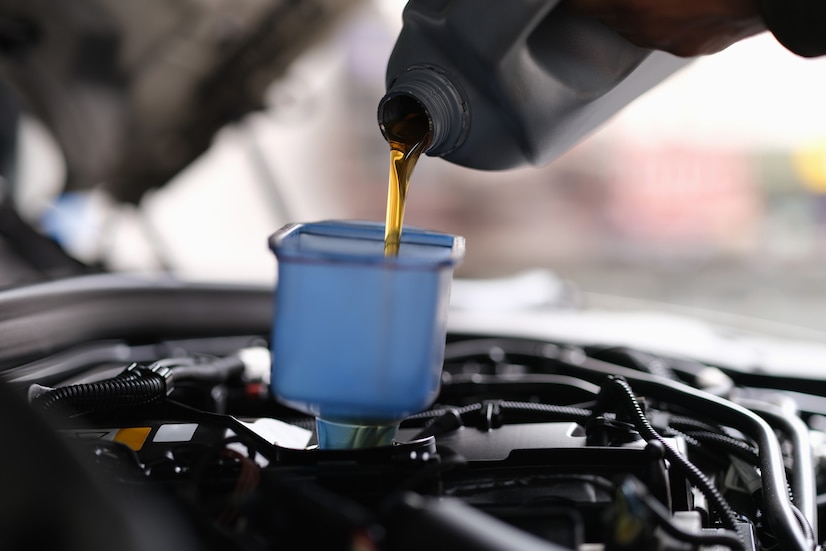The Kubota 3-cylinder engine hits the big time among Kubota owners as it is so reliable and efficient. The engine has versatility across agricultural, construction, and industrial applications. However, maintaining optimal engine performance requires proper care, and one common question among operators is: What coolant is required for a Kubota 3-cylinder engine? In this guide, we’ll dive into the specifics of Kubota engine coolant requirements, engine specs, and essential maintenance tips. If you are eager to know what kind of coolant a Kubota engine takes, or you don’t know how to check your engine coolant, I am sure you can find your answer here. Also, this blog provides guidance on coolant replacement. Everything you may need to know about Kubota engine coolant is here.
What Are the Specs of a Kubota 3 Cylinder Engine?
Kubota’s 3-cylinder engines are compact yet powerful, commonly found in tractors, skid-steers, and industrial equipment. These engines typically have a displacement of around 1.5 liters, with a horsepower range from 20 to 40 HP, depending on the model. They are water-cooled, ensuring consistent temperature control and performance in demanding conditions. Understanding these specs highlights the importance of choosing the correct engine coolant.
What Kind of Coolant Does a Kubota Engine Take?
When asking, what coolant is required for a Kubota 3-cylinder engine? The answer lies in the engine’s design. Kubota official recommends using an ethylene glycol-based coolant with a 50/50 water-to-coolant ratio. This mixture provides excellent heat transfer, prevents freezing in low temperatures, and protects against rust and corrosion. Always ensure the coolant meets ASTM D3306 or similar specifications for optimal compatibility.
How to Check Engine Coolant?
Regularly checking is definitely necessary as your Kubota engine coolant is crucial for maintaining engine health. What does coolant do? Coolant regulates engine temperature, preventing overheating, while also protecting against freezing in cold climates. Routine checks help detect leaks early. Here are some certain steps when checking the engine coolant, follow these steps:
- Ensure the engine is completely cool.
- Open the radiator cap carefully.
- Check the coolant level—it should be near the maximum fill line.
- Inspect the coolant color; it should be bright (usually green, yellow, or orange) and free from debris or oil contamination.
- Top up with the recommended engine coolant if the level is low.
How to Change Engine Coolant?
Changing engine coolant periodically prevents sediment build-up and corrosion. Here’s how:
- Allow the engine to cool completely.
- Drain the old coolant from the radiator and engine block.
- Flush the system with clean water to remove residue.
- Refill with the recommended 50/50 engine coolant mixture.
- Run the engine for a few minutes to circulate the new coolant.
- Check and top off the coolant level if necessary.
Does it Matter What Coolant You Put In a Diesel?
The answer is absolutely. Diesel engines, including Kubota’s 3-cylinder models, operate under higher pressures and temperatures. Serious damage could happen when Using the wrong engine coolant. Everything you could ever imagine, poor heat dissipation, corrosion, and engine damage is possible.
What Happens If You Put Wrong Coolant In a Diesel Engine?
Using incorrect engine coolant can cause severe damage, including:
- Corrosion of engine components: Incompatible coolants can react with engine metals, causing rust and decay.
- Overheating: Poor heat transfer properties can cause the engine to overheat.
- Formation of deposits: Wrong coolant can leave mineral deposits and sludge in the cooling system.
- Gasket and seal damage: Chemical imbalances can degrade seals and gaskets.
Conclusion
So, I am sure after reading the article, when it comes to answering what coolant is required for a Kubota 3-cylinder engine? Sticking to our and your manufacturer’s guidelines is key. Use an ethylene glycol-based 50/50 coolant mix that meets ASTM D3306 standards. Regular checks, timely coolant replacement, and proper maintenance will ensure your Kubota 3-cylinder engine runs smoothly and efficiently for years to come. Proper maintenance isn’t just about performance—it’s about protecting your investment. By the way, if you are in any need of Kubota parts, FridayParts has you covered. We are a professional online platform aimed at solving whatever Kubota problems, and we offer the most cost-effective solutions.

